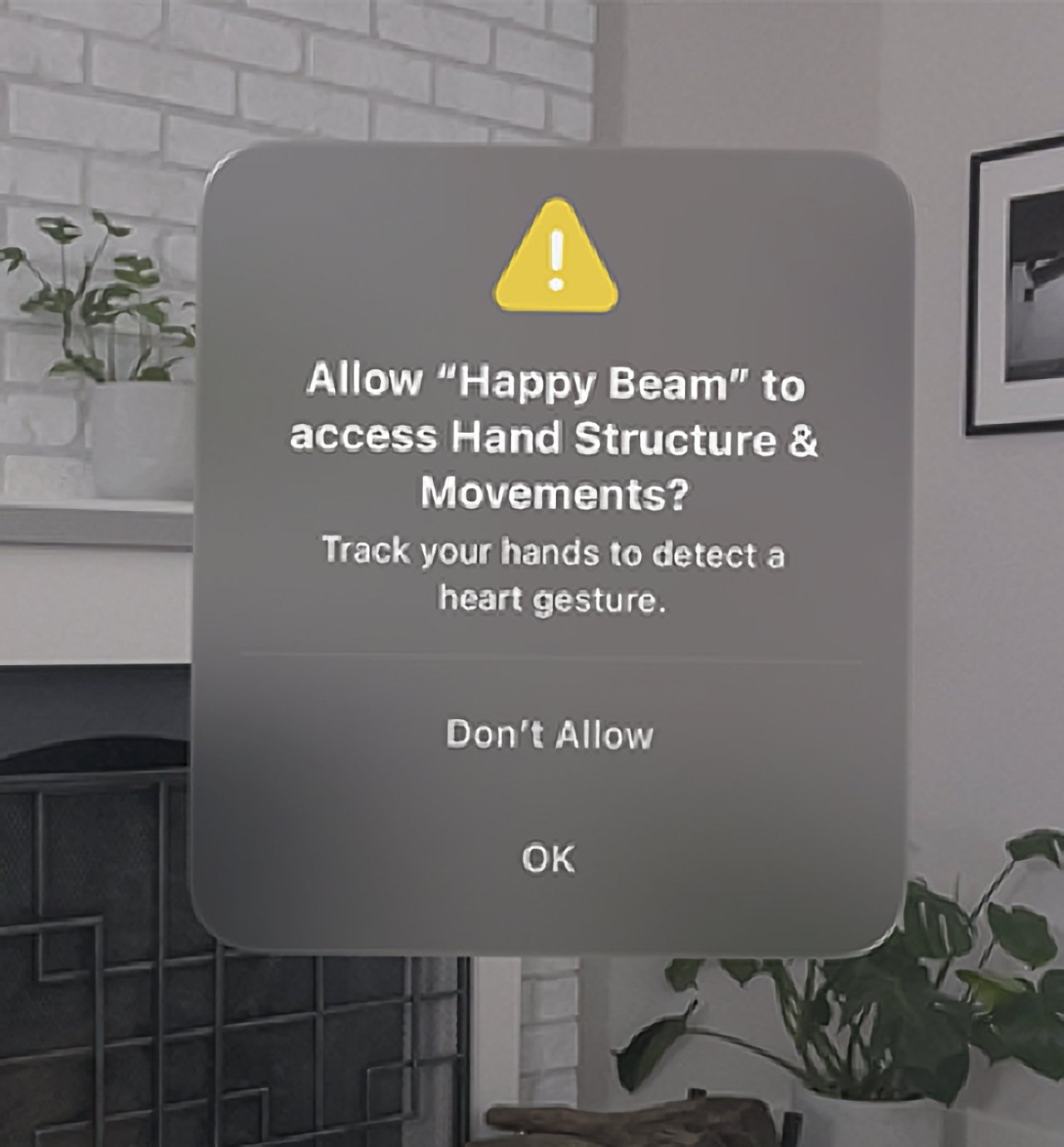Apple says Apple Vision Pro was designed with privacy in mind from the start

Apple has published details of its Apple Vision Pro privacy measures, including preventing apps from relaying details of location, and even blocking the recording of hand gestures.
In the years leading up to the launch of the Apple Vision Pro, Apple obtained over 5,000 patents, and every one of them will have included at least a mention of privacy. Now Apple has published the "Apple Vision Pro Privacy Overview," which compiles all of the steps it has taken to keep the device user's personal details safe.
Much of the document concerns how Apple Vision Pro abides by or exceeds Apple's existing privacy measures, such as how it requires iPhone apps to include a "privacy nutrition" label.
"In some cases, we expanded these [privacy] features on visionOS to meet the unique needs of Apple Vision Pro," says the document. "For example, we added three new data types that apps can add to their Privacy Nutrition Label on the App Store: information about head movement, hand movement, and your surroundings."
Significantly, Apple Vision Pro is much more capable of registering a user's surroundings than an iPhone can. Both devices can determine location, but Apple Vision Pro is a whole series of cameras that are recording the user's surroundings.
"The places where you use Apple Vision Pro, like at home, often have detailed information about your personal life," explains Apple. "From items on your desk to who is in the room with you, data about your surroundings is protected by visionOS."
This is done by having the "combination of camera and LiDAR data" that map surroundings, save that information solely on-device.

Similarly, while Apple Vision Pro is driven by what the wearer chooses to look at, an app does not need to know it is the user's focus of attention. Instead, visionOS can just tell it to launch.
"Where you look is not shared with apps because the content we look at, and how long we look at it, may reveal our thought process. visionOS processes eye movements at the system level, and doesn't share where you are looking, or your eye input, with apps or websites before you engage with content."
"As a result, apps and websites only know what content you select when you tap your fingers together, not what you look at but don't select," it concludes.
Separately, Apple has previously detailed how an Apple Vision Pro owner can share their headset to a guest, without them necessarily getting to see any of the owner's private data.